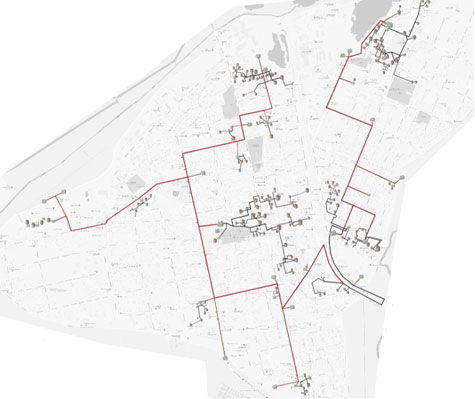Management of municipal facilities energy consumption
The main structural schemes of interrelations between the subjects of the thermal energy market are determined and the corresponding models of the thermal energy market are proposed depending on the localization level of the heat supply system. Effectiveness of the system was analyzed for two alternatives: monopoly and competition. Modeling the interaction of market participants was done using different technologies for the production of heat energy, in a competitive environment.
A comparison of five methods for calculating the specific building energy consumption for heating and/or cooling was made, starting from aggregated annual indicators to detailed hourly methods. The analysis of the various climatic data use was performed. It is proved that calculations using dynamic methods (EnergyPlus, 5R1C) and according to the international weather file IWEC provide results with an error of up to 4-8% in heating mode and up to 16-18% in cooling mode, which allows the use of the latter for: hourly, daily analysis of energy consumption for heating, prediction of the level of heating, incl. in intermittent mode.
The available systems of centralized heating of houses are considered and the possibility of installing individual heat meters in each apartment is analyzed. Experimental research was performed on the example of a calculator based on the Arduino Uno block. Heating devices thermal modeling was conducted in SolidWorks Simulation and using thermal imaging measurements
A new concept of climatic equipment automatization for central air conditioner has been proposed, based on the synthesis of an optimal multidimensional control system with an assessment of temperature and humidity indicators combination and consideration of plant components interaction, which will ensure efficient equipment management and energy use.

| Долучення | Розмір |
|---|---|
| 200.19 КБ |




